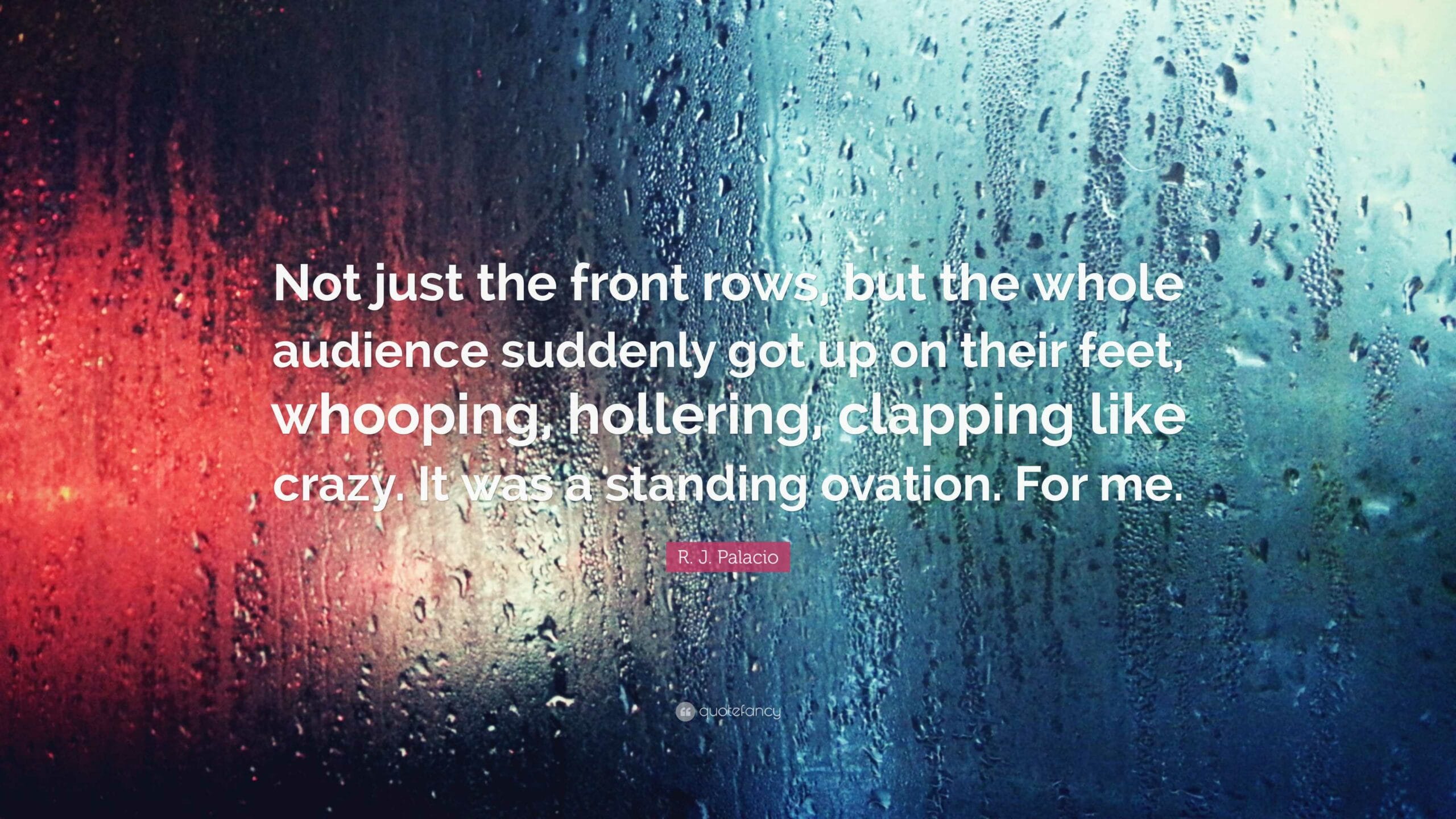From Streets to Song: Unpacking “Whoopin’ Feet”
Kendrick Lamar’s “Euphoria” features a cryptic line that has sparked much debate: “whoopin’ feet.” This phrase, deeply rooted in African American Vernacular English, carries a double meaning, often signifying both relentless hustle and a brutal beatdown. But what did Lamar intend to convey with these words, and how has this slang infiltrated mainstream culture?
Dual Meanings of “Whoopin’ Feet”
While the phrase might sound bizarre to unfamiliar ears, “whoopin’ feet” encapsulates two distinct meanings within specific social contexts:
1. Unstoppable Energy:
- In everyday conversation, “whoopin’ feet” can describe someone constantly on the go, reflecting a busy and active lifestyle.
- This meaning is often used playfully to describe energetic or hyperactive individuals, suggesting an almost admirable level of drive.
- The phrase’s origin likely stems from the fast-paced culture of Los Angeles, where it emerged as street slang.
2. Severe Beating:
- A more intense interpretation, “whoopin’ feet” can also mean inflicting a severe beating, leaving the opponent badly defeated.
- Urban Dictionary defines it as “beating someone so badly they come out of their shoes,” highlighting a level of violence beyond a typical fight.
- This meaning, while less prevalent in casual conversation, persists within certain communities and contexts.
Kendrick’s Lyrical Jab: Dominance or Drive?
Lamar’s lyrics in “Euphoria” — “He’s Terrence Thorne, I’m Terrance Crawford, yeah, I’m whoopin’ feet” — ignited a firestorm of debate about the intended meaning and target. Some interpret it as Lamar asserting dominance over a rival rapper, perhaps a reference to Drake, while others view it as a boast about his own relentless work ethic. The ambiguity of the phrase, intentionally or not, adds layers of complexity to the song’s narrative.
“Whoopin'” Explored: AAVE and Evolving Slang
The term “whoopin'” itself deserves a closer look, as it forms the foundation for “whoopin’ feet” and reflects the dynamic nature of language:
A Word with Two Faces:
- Origin: Primarily rooted in African American Vernacular English (AAVE), “whoopin'” reflects a linguistic heritage and cultural experience.
- Meaning:
- A beating, often as punishment: “My mom used to give me a whoopin if I misbehaved,” illustrates a direct link between misbehavior and consequences.
- A decisive defeat or victory: “Our team got a whoopin last night,” demonstrates a shift from physical punishment to a metaphorical thrashing.
- Usage: “Whoopin'” functions as both a noun (“He got a whoopin.”) and a verb (“They whooped the other team.”), highlighting its versatility.
Cultural Context and Evolution:
- AAVE’s Influence: Both “whoopin'” and “whoopin’ feet” demonstrate how AAVE slang seeps into mainstream language, enriching and diversifying communication.
- Regional Variations: “Whoopin’ feet” being specific to Los Angeles underscores how slang can be geographically contained, reflecting unique cultural experiences and nuances.
- Social Commentary: These terms, while casual in some contexts, can also reflect harsh realities and struggles within certain communities.
Beyond the Surface: “Whoopin’ Feet” as Cultural Commentary
Lamar’s use of “whoopin’ feet” extends beyond a simple slang phrase; it sparks dialogue about power dynamics, cultural identity, and the evolution of language:
Power Shifts and Challenges: Lamar, a prominent voice in hip-hop, appropriates a phrase often associated with violence and transforms it into a statement of ambition or dominance. This subversion challenges traditional power structures and prompts reflection on who controls the narrative.
Cultural Identity and Expression: The phrase’s roots in AAVE highlight the influence and significance of Black culture on language and music. Lamar’s use of “whoopin’ feet” brings this cultural influence to the forefront.
The Fluidity of Language: “Whoopin’ feet” exemplifies how slang evolves, adapts, and transcends its original meaning. The phrase’s journey from the streets of Los Angeles to the global stage of hip-hop showcases the dynamic and ever-changing nature of language.
Unveiling the Allure: What Makes Feet Attractive?
Shifting gears from the intensity of “whoopin’ feet,” let’s explore a different aspect of foot-related intrigue: what makes feet aesthetically pleasing?
Beyond the Fetish: A Multifaceted Appeal
While foot fetishes (podophilia) are a well-documented phenomenon, the attraction to feet extends beyond purely sexual desires. Several factors contribute to the perception of attractive feet:
1. Aesthetics:
- Shape and Size: The human eye is drawn to symmetry and balance. Well-proportioned feet with a gentle arch are often deemed aesthetically pleasing. However, preferences for size and shape vary greatly.
- Skin Texture and Color: Smooth, healthy skin is universally appealing. Well-maintained toenails and soft, supple skin contribute to the overall attractiveness of feet.
- Adornment: Decorative elements, such as nail polish, toe rings, or henna tattoos, can accentuate the beauty of feet and reflect personal style.
2. Sensory Appeal:
- Touch: Feet possess a unique tactile quality. The softness of skin, the delicate structure of bones, and the sensitivity of nerve endings contribute to a pleasurable sensory experience.
- Sight: The visual appeal of well-cared-for feet shouldn’t be underestimated. From the graceful curve of an arch to the delicate structure of toes, aesthetically pleasing feet can be captivating.
3. Confidence and Body Language: Confidence plays a significant role in overall attractiveness, and feet are no exception. Individuals who are comfortable and confident showcasing their feet, regardless of their physical attributes, often exude an air of attractiveness.
Cultural and Societal Influences:
It’s crucial to acknowledge that perceptions of beauty, including foot attractiveness, are shaped by cultural norms and societal standards:
- Cultural Variations: Different cultures have varying standards of beauty. What’s considered attractive in one culture might not hold the same appeal in another, highlighting the subjectivity of aesthetics.
- Media Portrayal: Advertising, film, and other forms of media play a significant role in shaping beauty standards. Images of idealized feet can influence perceptions of what is considered desirable.
Challenging Beauty Standards and Embracing Diversity
As we delve into the intricacies of foot attractiveness, it’s essential to challenge rigid beauty norms and foster acceptance for diverse foot shapes and sizes:
- Body Positivity Extends to Feet: Encouraging body positivity should include embracing the diversity of human feet. Every foot is unique, and striving for unrealistic ideals can be detrimental to self-esteem.
- Celebrating Individuality: Rather than conforming to narrow beauty standards, celebrating the uniqueness of our feet promotes self-acceptance and challenges the notion of a singular “ideal.”
Conclusion:
From the slang-infused streets of Los Angeles to the complexities of aesthetic preferences, feet occupy a curious and multifaceted space in our cultural consciousness. Whether sparking debates about power dynamics in hip-hop or prompting discussions about the multifaceted nature of attractiveness, feet continue to fascinate and inspire.
Curious about why roosters crow in the morning? Discover the answer in our comprehensive article.
Additionally, read our insightful guide to understand why does a cockerel crow.















